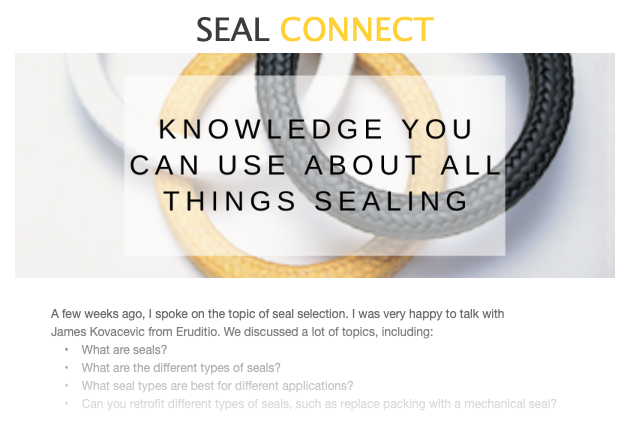Preventing Shaft Deflection and Cavitation
 In rotodynamic machinery, particularly centrifugal pumps, phenomena like shaft deflection and cavitation pose substantial operational challenges. Manifesting as efficiency drops, accelerated component wear, and premature equipment failures, these phenomena necessitate rigorous mitigation measures:
In rotodynamic machinery, particularly centrifugal pumps, phenomena like shaft deflection and cavitation pose substantial operational challenges. Manifesting as efficiency drops, accelerated component wear, and premature equipment failures, these phenomena necessitate rigorous mitigation measures:
- Mitigating Shaft Deflection: Shaft deflection, technically described as a deviation from the true axial rotation of a shaft, is an outcome of variables such as deteriorated bearings, unbalanced hydraulic forces, or unanticipated loading.
Strategies for Alleviation:
- Shaft Stiffening: Employing a shaft with an augmented diameter or enhancing material properties can bolster resistance against flexural forces.
- Bearing Optimization: Integration of precision-grade bearings and strategic positioning proximate to the impeller truncates shaft overhang, providing enhanced stability.
- Operational Parameters: Ensure congruence with designated operational benchmarks to preclude undue stresses.
- Scheduled Maintenance Protocols: Periodic surveillance and refurbishment of bearings is paramount, as bearing degradation is a primary contributor to shaft deflection.
- Adherence to Stiff Shaft Principles: Optimization of the L3/D4 (Length^3/Diameter^4) quotient for the shaft offers pronounced reduction in shaft deflection tendencies.
- Cavitation Countermeasures: Cavitation is delineated as the genesis and subsequent destruction of vapor cavities within a fluid matrix. Triggered when fluid dynamic pressures plummet beneath its vapor pressure, especially proximal to the impeller’s leading edge, the resultant vapor cavity implosion inflicts erosive damage.
Strategies for Alleviation:
- Augmented Inlet Pressure: Ascertain that the net positive suction head (NPSH) remains above the fluid’s vapor pressure threshold.
- Rotational Speed Modulation: Diminishing operational speeds can attenuate cavitation predispositions.
- Inducer Deployment: Pre-impeller axial inducers can amplify inlet pressures, furnishing a cavitation buffer.
- Vortex Preclusion: Precision engineering of suction piping is quintessential to avert vortex generation, a prominent cavitation precursor.
- Impeller Geometric Refinement: Impellers tailored for cavitation resistance typically manifest increased inlet dimensions and calibrated blade pitch angles.
- Thermal Management: Elevated fluid temperatures depress vapor pressure benchmarks, escalating cavitation risks. Implement fluid thermal regulation strategies when feasible.
- Fluid Integrity Maintenance: Particulate contaminants within the fluid can serve as cavitation nuclei. Implementation of filtration protocols is essential.
- Periodic Diagnostic Protocols: Systematic assessments of pump components, especially the impeller, can pre-empt extensive cavitation-induced deterioration.
Proactive equipment surveillance, acoustical anomaly detection, and visual inspections for wear manifestations are pivotal. The linchpin for obviating shaft deflection and cavitation perturbations is an amalgamation of astute design, diligent maintenance, and adherence to operational stipulations.
Looking for a Sealing Solutions Provider?
SEPCO has sealing solutions for many applications, even those with the strictest standards and the most challenging environments. We have decades of experience in providing solutions across multiple industries. We can help.
 SEAL CONNECT
SEAL CONNECT Find Your Sealing Solution
Find Your Sealing Solution